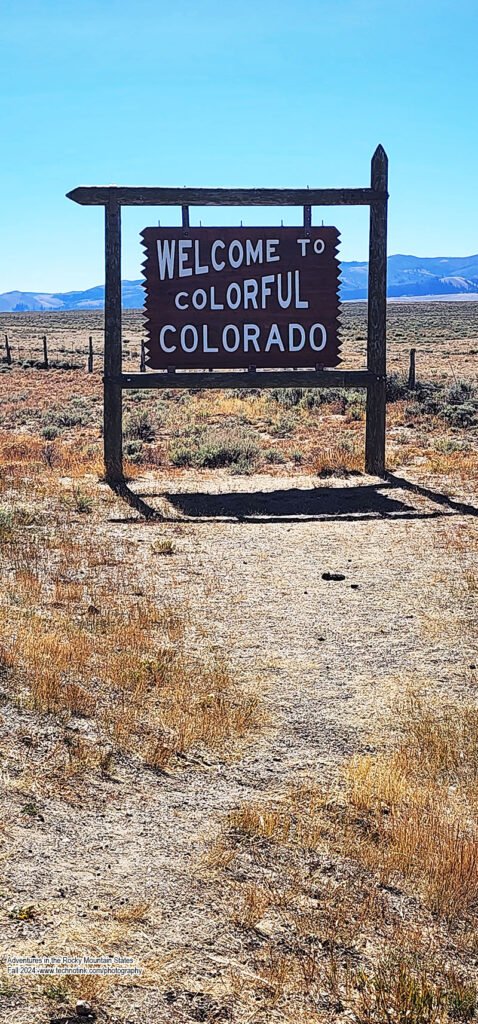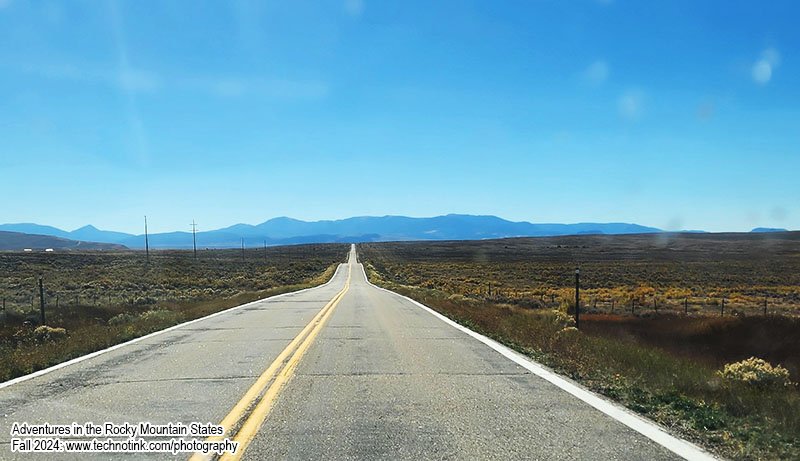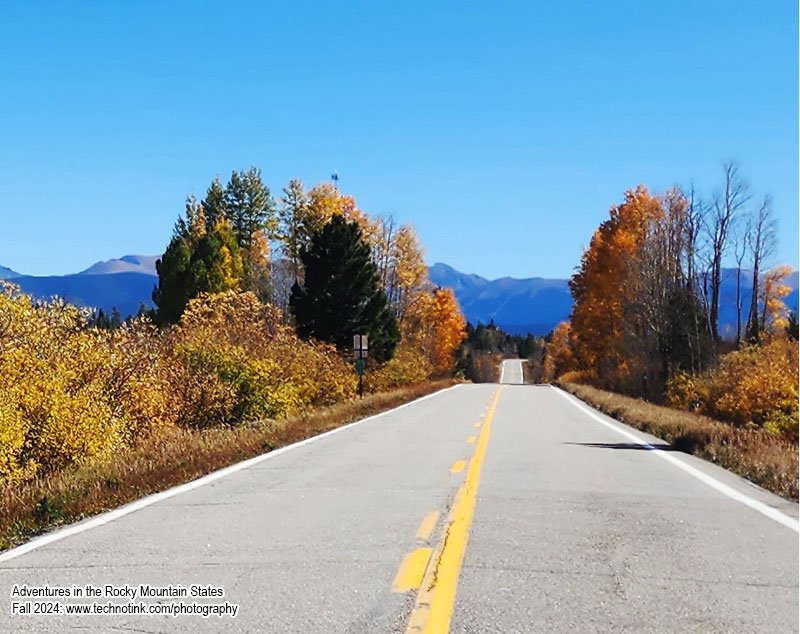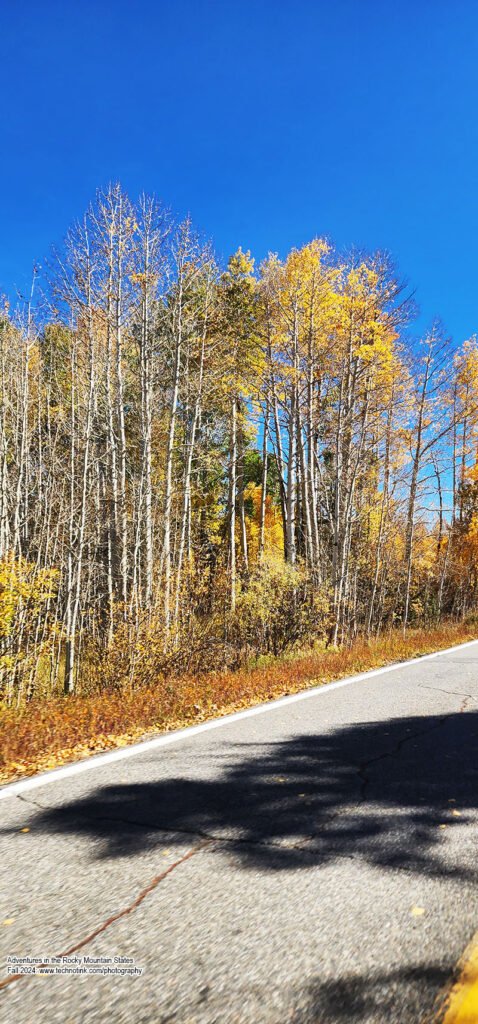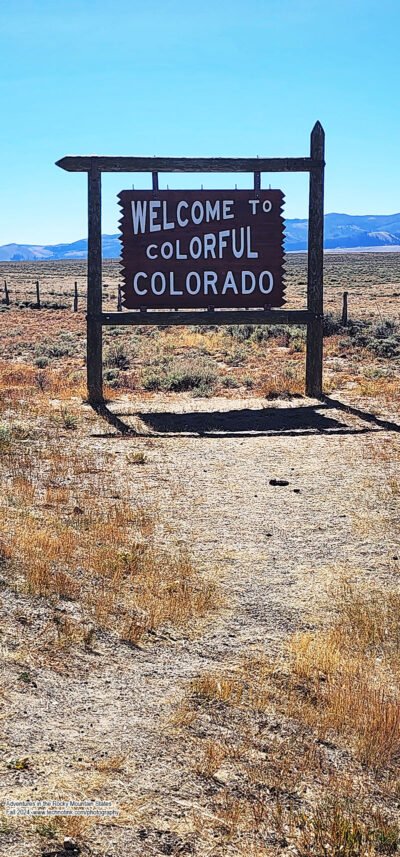Colorado Travel: Rocky Mountains, Mile High State (2025)
Windows down, playlist humming, the road lifts and folds like ribbon, and I can feel the air lighten as the horizon starts to grow teeth. This is where the map turns from flat ink into real mountains, and I start talking to the sky as if it might answer back.
Colorado wears its nickname well, the Mile High State, with a steady, bright pulse. The Rocky Mountains rise in a steady procession, old stone and quick weather, and the drive itself becomes the first story you get to tell. Think high passes, sleepy towns, and long views that ask you to pull over, just for a moment, then one moment more.
National parks frame the journey with a clear purpose. Rocky Mountain National Park offers alpine lakes like mirrors, while Mesa Verde’s cliff dwellings hold quiet rooms, and Great Sand Dunes stacks ripples of sunlit sand against snow peaks. Even a simple loop along Trail Ridge Road or the San Juan Skyway feels like a moving postcard, a slow reveal that keeps opening.
I keep a small notebook on the dash, scribbling place names and snacks, waypoints, and sudden thoughts. It is simple stuff, but it grounds the miles and turns plans into a lived route, a thread you can follow back later when the miles blur into a rosy haze. For anyone chasing travel, the Rocky Mountains, mile-high state days, Colorado sets a welcoming table and pours generously. Bring your curiosity, a good jacket, and time to spare.
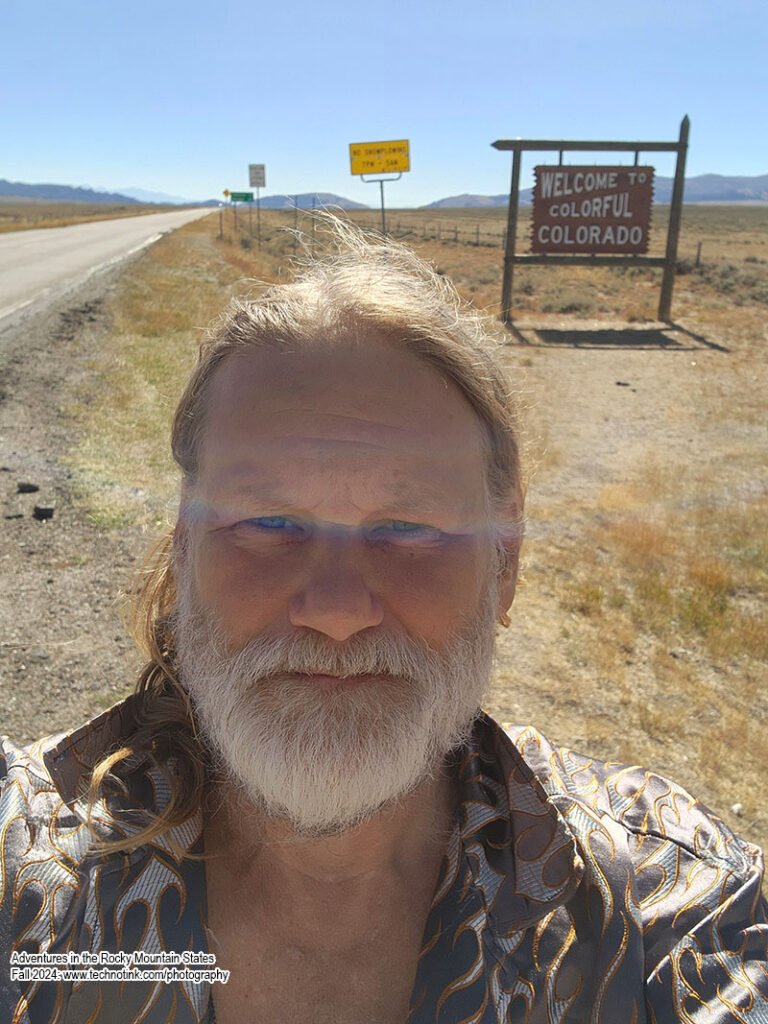
Uncover the Beauty of the Rocky Mountains in Colorado Travel
Rocky Mountain National Park feels like the beating heart of the high country, a sweep of granite and sky that keeps its promises. Peaks rise past 14,000 feet, trails weave for more than 350 miles, and the alpine tundra rolls out like a silver-green carpet at the roof of the range. Elk bugle at dusk, bighorn sheep hold the ridgelines, and a quiet, icy wind keeps the crowds honest. For travel, the Rocky Mountains, mile-high state wanderings, this is the crown jewel, steady and bold, and a fine place to aim the hood in 2025.
Crowds surge in summer, which is why morning starts and patience counts. Timed-entry permits may be required in peak months, and weekends fill fast. Plan, carry water and layers, and build a little slack into the day. The park changes by the hour, and that is half the magic.
Drive the Iconic Trail Ridge Road for Breathtaking Views
Trail Ridge Road climbs to 12,183 feet, a sweeping ribbon across the Continental Divide, open most years from June to October. It connects Estes Park on the east with Grand Lake on the west, passing from lodgepole and spruce into sparse, lunar tundra where the horizon seems to go on forever. Pullouts and overlooks dot the route, so you can pause, breathe, and let your eyes adjust to all that space.
Key stops worth the brake lights:
- Many Parks Curve: A grand first look into the park’s basins, clean and wide.
- Forest Canyon Overlook: Cold air, deep cirque views, lingering snow even on warm days.
- Lava Cliffs: Basalt drama and a feel for the park’s volcanic bones.
- Alpine Visitor Center: At 11,796 feet, the highest visitor center in the country, with tundra trails and a warm cup if the wind bites.
Expect swift weather shifts. Afternoon storms build quickly, with lightning and sudden drops in temperature. Pack layers, a warm hat, a rain shell, sunscreen, and plenty of water. The road is often windy above treeline, which can kick up grit and test your grip. Keep speeds modest, use pullouts for photos and wildlife watching, and never stop in the travel lane. For route planning and mile-by-mile ideas, this guide to the drive is handy and current: Driving Trail Ridge Road in RMNP.
Why it belongs on every road trip list in the Mile High State: the variety. In a single morning, you cross multiple life zones, spot elk in velvet, hear marmots whistle, and trace the spine of the Rockies by car. It is a moving panorama, part museum, part sky road.
Pro tip for 2025: start at civil dawn, eat breakfast at a pullout with a view, and check road conditions before you roll. Early light and open shoulders make for calm miles and easy photos.
Explore Old Fall River Road’s Historic Path
Old Fall River Road is the park’s slow road, a one-way, 11-mile gravel climb that leads from Endovalley to the Alpine Visitor Center. Built in the 1920s, it keeps a gentle grade and a set of tight, tidy switchbacks, and it rewards drivers who like to linger. This is summer-only, often July to early fall, opening later than Trail Ridge due to snowpack and maintenance.
The character is part of the charm. The surface is narrow, the speed low, and the views intimate. You pass spruce groves, creek sounds, and high meadows where wildflowers carry the sun. Popular stops include Chasm Falls for spray and echo, Chapin Creek for picnic tables and quiet, and a handful of small pullouts that reveal soft-shouldered vistas.
What to know before you go:
- One-way uphill: No trailers or oversized rigs. Keep it light and nimble.
- Slow and steady: Plan 60 to 90 minutes with photo stops. Let faster vehicles pass.
- Family-friendly: Kids love the waterfall stop and the sense of “secret road,” but keep little feet safe near edges.
- Solo drivers: A calm pace, low gear, and a thermos of coffee make this feel like a private back road.
If you want a practical, road-tested overview with safety notes and height warnings, this guide is thorough and candid: A Complete Guide to Driving Old Fall River Road in Rocky.
The payoff arrives at the top, where Old Fall River meets the Alpine Visitor Center. Step out and let the thin air clear your head. A short tundra trail offers views of the Never Summer Mountains, and the parking lot often hosts a rolling parade of elk watchers and birders. For road trippers and nature lovers, this is the park at walking speed, and it lingers longer in memory than the miles might suggest.
Experience the Mile High State Vibes in Denver and Beyond
Denver sits at 5,280 feet, bright and breezy, with mountains on the edge of your vision and a city that hums with music, murals, and good coffee. It is a comfortable launch pad for travel, the Rocky Mountains, mile-high state days, a place where you can catch a gallery in the morning and be rolling toward trailheads by noon. I treat it like a base camp with better snacks, a tidy grid of neighborhoods, and easy transit that keeps the day light on stress.
Top Things to Do in Denver for First-Time Tourists
Start with the icons, then wander a little. The mile marker on the State Capitol steps is a simple thrill, a small moment of altitude you can stand on, and the gold dome catches the sun in a way that feels ceremonial. When the schedule allows, Red Rocks Amphitheatre steals the show, even when there is no show at all, with free daytime access to the steps, the views, and the short trails that wrap the red stone like a ribbon.
Budget-friendly, easy wins:
- Colorado State Capitol: Free weekday tours when available, plus the classic “mile high” step photo.
- Red Rocks Park: Walk the seating bowl, climb the stairs, then drive the scenic loop. No ticket needed during the day.
- RiNo murals: Street art that changes with the season, bold and walkable, best with a coffee in hand.
- City parks: City Park for sunrise, Sloan’s Lake for a calm loop, Washington Park for a picnic and people-watching.
- Craft beer samplers: Skip a full tour and build a small flight along the Denver Beer Trail route. Tastes, not tabs.
If you want a quick sense of what first-timers love, this round-up of popular spots is a handy snapshot with current favorites and seasonal notes: Must See Attractions In Denver. For a crowd-sourced hit list that skews practical, scan the latest top attractions here: THE 15 BEST Things to Do in Denver (2025).
Getting around without stress is part of the charm. The A Line train runs from Denver International Airport to Union Station, simple and quick. The Free MallRide glides up and down 16th Street, which makes hopping between neighborhoods easy. RTD light rail reaches out to places like Golden and Littleton, so you can leave the car parked and keep the day light.
Day trips are simple from Denver, which is why road trippers like to linger. Red Rocks sits about 25 minutes away, Golden adds a tidy main street and creek path, and Boulder offers Flatirons walks and good food without the long haul. When the weather plays nice, Mount Blue Sky (formerly Mount Evans) Scenic Byway opens a high road to views and mountain goats, and Echo Lake lays out a picnic like a postcard. You get the city at night, the mountains by day, and a gas tank that hardly notices.
Why Denver works as a base:
- Central access: I-70, US-36, and US-285 peel off in clean lines toward peaks and plains.
- Transit options: A Line, light rail, and buses keep costs down and timing simple.
- Affordable fun: Many parks and outdoor sights are free, and museum free days pop up through the year.
- Easy planning: Clear signage, wide roads, and lots of parking near major spots.
Sustainable habits add up. Bring a refillable bottle, use light rail for downtown hops, and pick eateries that compost or source local. It keeps the city tidy and your plans nimble.
Adventure on Colorado’s Fourteeners and Hot Springs
Colorado’s map is freckled with 58 peaks that climb over 14,000 feet, each with a different mood, some kind and steady, others with a bite in late summer when storms move fast. For a first-timer, Class 1 routes on peaks like Quandary, Mount Bierstadt, or Mount Sherman offer clear trails, steady grades, and a clean taste of the high country. The trick is to start early, move with purpose, and be off the high ridge before noon.
Helpful prep guides are worth a quick read, especially if you fly in from sea level. This planning piece keeps it simple on gear, pacing, and route research at altitude: So You Want to Hike a 14er? How to Prepare at 10000 feet. For extra context on choosing easier routes and packing smart, this primer offers first-timer insights in plain language: 7 Tips for Hiking a 14er for the First Time.
Safety and season notes, the quick list:
- Acclimate: Spend a night or two in Denver or a nearby town, walk and hydrate.
- Start early: Leave the trailhead at dawn, plan to be below treeline by early afternoon.
- Watch the weather: Storms build fast in July and August, with lightning and wind that will chase you down the ridge.
- Know your route: Download maps, check recent reports, and learn the bailout points.
- Pack the ten essentials: Layers, rain shell, warm hat, gloves, food, water, headlamp, navigation, first aid, and sun protection.
- Turn back if needed: A head that aches, a stomach that turns, or dizzy steps mean it is time to descend.
After the climb, you will want a soak. Colorado’s hot springs are little gifts tucked into the hills, a soft landing for tired legs. Pagosa Springs pools steam beside the San Juan River, with several temperatures and a mellow evening glow that makes you linger. Glenwood Springs pairs big pools with a classic bathhouse feel, and Strawberry Park near Steamboat Springs brings that woodsy hush that seems to mend the day. Carry a towel, drink plenty of water, and give yourself time to cool down between dips.
Winter closes many high roads, but hot springs keep the light on. Summer is prime for fourteeners, with the best window from late June to September, depending on snowpack. Shoulder seasons bring quieter trails and a sharper chill. Build an extra day into the plan, leave room for weather and rest, and enjoy the easy swing from summit to soak.
A small pledge makes a big difference. Stay on trail to protect the tundra, pack out every wrapper, and choose shuttle or carpool options when trailhead lots are tight. It keeps the mountains healthy and the experience open for the next traveler who shows up with hopeful lungs and a good pair of boots.
Plan Your Perfect Colorado Road Trip Year-Round
The miles stretch clean in every season, and the map feels like a slow accordion that opens with the light. I keep a small stash of essentials by the door, a soft jacket, a brimmed hat, a cooler that remembers the last picnic, because Colorado invites quick decisions and long views in equal measure. For travel, Rocky Mountains, mile high state days, plan with the seasons, build in slack, and let the road do some of the talking.
Summer and Fall Highlights for Outdoor Enthusiasts
July arrives with wildflowers that flare across alpine meadows, bright and brief, a little parade that rewards early starts and simple plans. Trails are dry by morning, lakes ride the breeze, and families find kinder temperatures in the high country. In September and early October, the leaves turn, aspen coins flicker along the hillsides, and the air shifts into that clear, apple-crisp mood that keeps the camera warm.
Mix city comforts with park days by tracing tidy loops that balance miles and rest:
- Front Range Sampler, 4 to 6 days: Denver to Boulder to Fort Collins, then swing to mountain towns and back for an easy arc with breweries, short hikes, and wide picnic lawns.
- Peaks and Pueblos, 5 to 7 days: Denver to Colorado Springs, onward to the Great Sand Dunes, then west to Mesa Verde, return by scenic byways and wake up to soft desert light.
- High Pass Circuit, 3 to 5 days: Start in a gateway town, link two or three passes, pause for overlooks, and save an afternoon for a river path and a scoop of ice cream.
Good stops ask you to linger. Plan a meadow picnic at midday, then pull off at golden hour for soft hillside portraits and those tiny roadside blooms that surprise you near the ditch. Keep a simple rule: shoot with the sun at your back, take one frame for memory, one for the fridge.
Packing makes the trip feel lighter:
- Layers: Sun shirt, fleece, rain shell, warm hat.
- Footing: Trail shoes with grip, sandals for river toes.
- Sun kit: Sunscreen, lip balm, sunglasses, wide-brim hat.
- Car comfort: Cooler, refillable bottles, paper map, headlamp.
- Photo basics: Phone lanyard, microfiber cloth, spare battery.
Road notes for 2025: keep the plan tidy. Expect spot construction on major corridors in summer, with weekend slowdowns in popular canyons. Some parks use timed entries in peak months, so book early or roll at dawn. If you want a plug-and-play plan with maps and cost breakdowns, this ten-day guide frames a clean route with smart stops: Ideal Colorado Road Trip Itinerary.
A few seasonal habits keep families happy. Start hikes early to dodge heat and storms, nap or museum-hop in the midafternoon, and return to the hills for that soft evening walk. Fall drives hit their stride midweek, when leaf-peeping lines thin, and you can hear the wind in the trees again.
Winter Wonders: Skiing and Snow Activities in the Rockies
Winter redraws the map with quiet lines. Towns glow, cabins tuck into trees, and the high peaks gather their white coats like old friends. Resorts run lifts to clean ridges, but the season holds more than groomers. Snowshoe loops wind through spruces, Nordic trails slide smoothly and steadily, and a simple snowball fight by a creek can carry a whole afternoon.
Pick your flavor. Big resorts offer broad terrain, ski schools, and lively villages, while smaller hills keep lift lines short and mornings calm. Book lift tickets early in 2025, dynamic pricing favors planners, and watch for midweek deals. If you are looking for a classic base with good food and friendly slopes, start with Breckenridge Ski Resort, then measure from there.
Cabin stays set the tone. Look for a wood stove, a hot tub, and a small kitchen. Plan a one-pot dinner, lay gear to dry by the door, and keep a deck of cards near the kettle. Bring traction for the car, a windshield scraper, and a bag of ice melt for steps, simple things that turn a slick morning into a laugh.
Mountain sense matters when the snow stacks high:
- Avalanche awareness: Check daily forecasts, learn terrain traps, and carry a beacon, shovel, and probe if you leave the resort boundary.
- Storm timing: Drive in daylight when possible, carry blankets, snacks, and a full tank.
- Altitude care: Hydrate, sleep low when you can, and ease into that first ski day.
- Lift plan: Reserve lessons early, pick up rentals the night before, and aim for first chair.
Winter is also for quiet miles. Snowshoe a short loop along a creek, watch breath clouds drift, then warm hands around a cafe cup while you plan the next glide. Hot springs feel generous in the cold, and a dusk soak after a snowy day turns the whole trip into a small legend.
If you track travel, Rocky Mountains, mile-high state routes through the year, the calendar becomes a friendly tool. Summer paints the meadows, fall gilds the roads, winter builds the playground, and the driver’s seat stays the best front row in the house.
Conclusion
Windows down, that ribbon road keeps pulling, and Colorado keeps saying yes. The mix of travel, the Rocky Mountains, mile mile-high state charm makes a clean loop of city light, wild ridge, and slow towns that feel like old friends. Book your 2025 dates now, sketch a simple itinerary, and set aside a lean kit of layers, maps, and a cooler that remembers the last picnic. When you are ready, point the hood toward the high country and let the miles write the next page.
What We’ve Reviewed So Far ….
Cities
Festivals
Hot Springs
Parks – Natural Beauty
More to Come … Check Back Soon!
